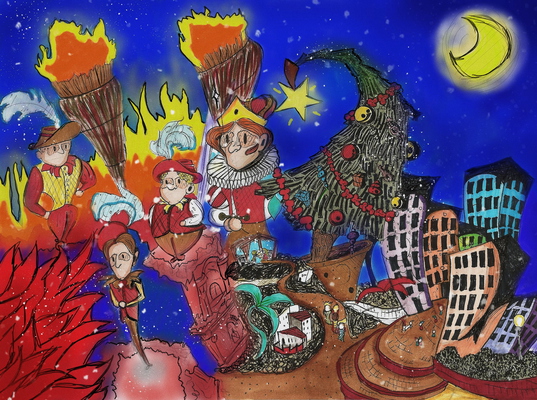Here is the CALENDAR for 2020 with drawings and paintings for each month describing traditions in all partner countries. Download it here:
JANUARY
Let´s go skiing and snowboarding! In Slovakia there are lots of famous ski resorts. Winter sports are very popular there. On the 1st of January people make new year´s resolutions. Unfortunately they do not last for a long time...
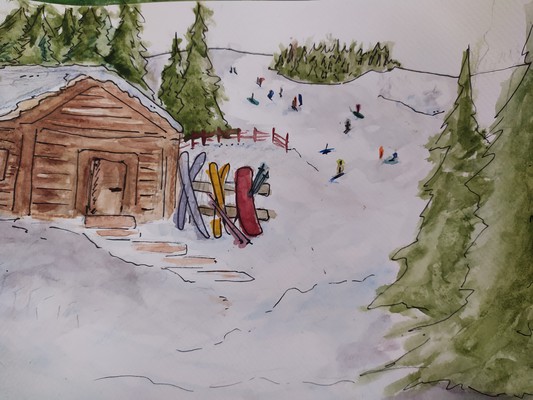
FEBRUARY
This tradition is called Wedding to the sea and it symbolizes the restored Polish access to the Baltic Sea that was lost in 1793 by the Partitions of Poland. It was first performed on February 10, 1920, by General Józef Haller at Puck where our partner
school is located.
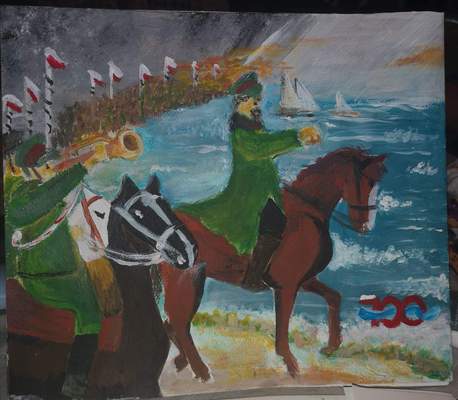
MARCH
Every March the 1st in Romania all the people receive MARTISOR, the symbol of spring that brings good luck and happiness. Martisor literally means "little March". People wear it until the last day of March when they tie it to a fruit-tree twig.
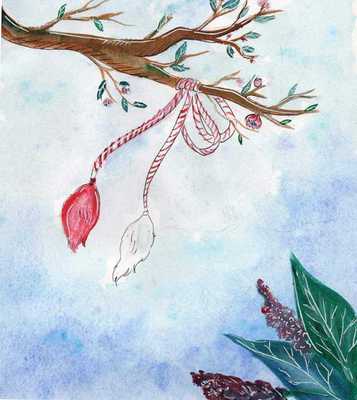
APRIL
A typical Polish tradition connected with Easter customs called Śmigus dyngus which means Wet Monday. Boys throw water over girls to evoke the spring rains needed to ensure a successful harvest later in the year. Similar traditions are held in Slovakia and Czechia.
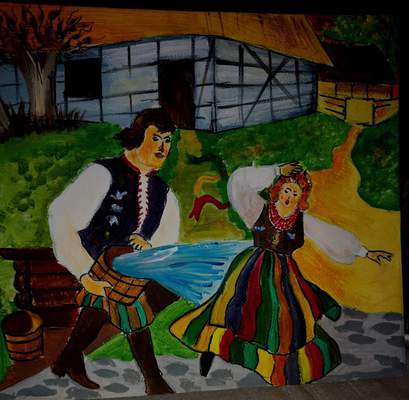
MAY
May 2nd was named the “Day of the Flag of the Republic of Poland” several years ago to connect 1st May with 3rd May, the Constitution Day, which commemorates the adoption of the first constitution in Europe and the second in the world.
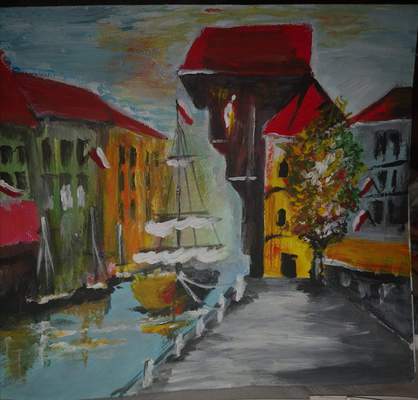
JUNE
The Sânziene Holiday in the Romanian folklore is celebrated on June 24th. Sânzienele are very beautiful girls who dance and give magical powers to the healing plants, especially a wild plant with yellow flowers which has the same name.
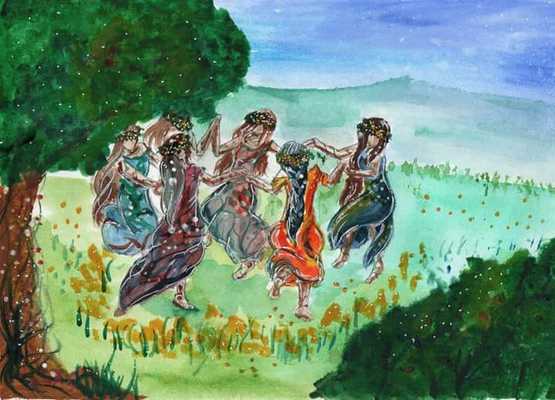
JULY
This month is the beginning of summer break, time to chill. Hurray! Thank you for your hard work on the project.
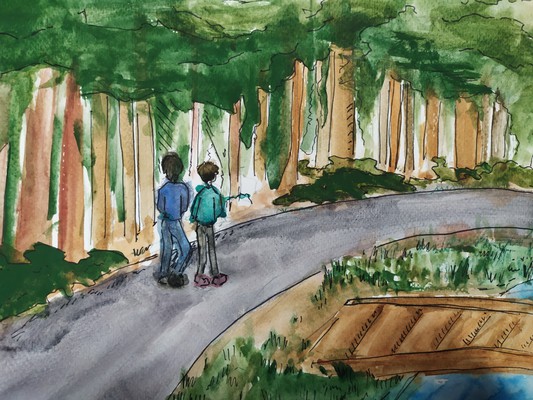
AUGUST
SEMANA RENACENTISTA DE MEDINA DEL CAMPO, VALLADOLID: People wear costumes of XV and XVI centuries.
DESCENSO DEL SELLA, ASTURIAS: People surf in canoes in Sella´s river
BAJADA DEL CELEDÓN, PAÍS VASCO: The character drops by using an umbrella to indicate the beginning of the traditional parties of Vitoria.
FERIA DE MÁLAGA: People go to "casetas" to eat, drink and have fun. Flamenco dresses are usually worn
CIPOTEGATO DE TARAZONA, VITORIA: The festivities in honor of the patron Saint Atilano. Turasionense mythical character hooded and dressed as harlequin, who crossed the square and it´s pursued by the crowd that throws tomatoes.
FESTIVAL DE LAS FLORES DE LAREDO, CANTABRIA: It consists of a parade of floats whose frames are adorned with flowers.
CARRERAS DE CABALLOS DE SANLÚCAR DE BARRAMEDA: There are horse racings on the beach.
XIRINGUELU DE PRAVIA, ASTURIAS: A romeria country parade where traditional dance takes place.
FIESTAS DE LA PALMA, GRAN CANARIA: There are festivals and music shows in these days in honor of Saint Lorenzo.
MISTERIO DE ELCHE, VALENCIA: religious sacro-lyric drama that recreates the Dormition, Assumption and Coronation of the Virgin Mary
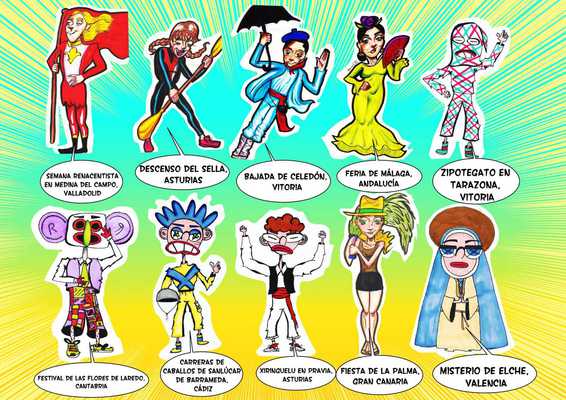
SEPTEMBER
This month means the end of holidays and start of school again. The winds get stronger and children enjoy flying their kites outside while it is still warm enough.
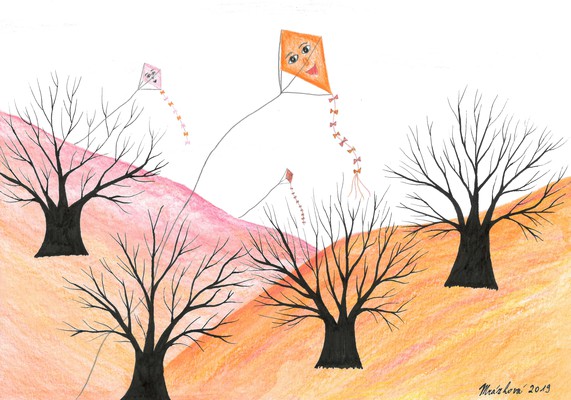
OCTOBER
All Souls Day is celebrated by lighting candles at the graves in cemeteries to pay respect to the deceased beloved ones. Nevertheless, Halloween is getting more and more popular everywhere...
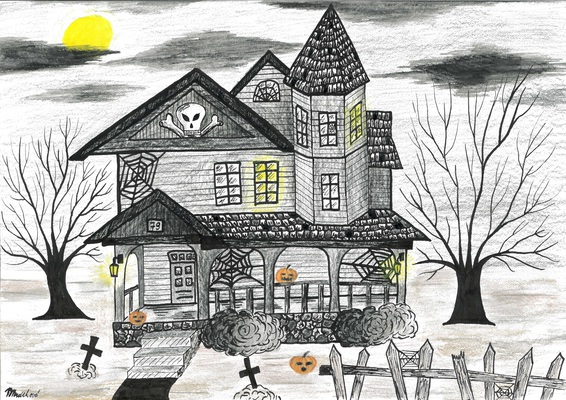
NOVEMBER
This is a beautiful and nostalgic autumn scenery from our partner school in Puck with the lights shining bright into the night of All Saints Day.
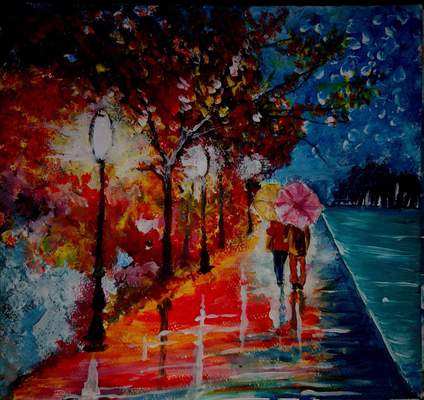
DECEMBER
In December we all look forward to decorating Christmas trees, preparing typical sweets and enjoying the time with our families and friends.
